Strategies For Managing Sjogren's Syndrome
Sjogren's syndrome is an immune system disorder that primarily impacts the salivary and tear glands. The condition is most often diagnosed in female patients over forty years old. Patients with this syndrome typically have both a dry mouth and dry eyes. The eyes may feel itchy or stingy, and patients may have a chronic cough that makes swallowing painful. Some patients might also experience pain, stiffness, and swelling in their joints, and the salivary glands may swell. Many individuals with this syndrome frequently feel fatigued. To diagnose Sjogren's syndrome, doctors normally perform several blood tests, and they may wish to carry out a slit lamp exam of the eyes. Imaging studies of the salivary glands, including sialograms and salivary scintigraphy, may be particularly helpful in confirming this diagnosis. A biopsy of the salivary glands may sometimes be needed.
The strategies described below are often beneficial in the management of Sjogren's syndrome.
Punctal Occlusion

Punctal occlusion is a procedure used to plug the puncta (tear ducts) of the eyes. Doctors generally advise patients with Sjogren's syndrome to consider punctal occlusion if artificial tears have not provided enough relief. The procedure involves the insertion of collagen or silicone plugs into the tear ducts, and it is painless. With the puncta blocked, patients have more tears available for a longer period at the front of the eye, and this can alleviate the symptoms experienced with dry eye. Prior to having permanent punctal occlusion, specialists may perform a temporary procedure to check how this impacts the patient's symptoms. For the temporary occlusion, the clinician will place dissolvable plugs into the puncta. The plugs typically dissolve in seven days, and the patient is asked to have a follow-up appointment within ten to fourteen days of the procedure. Ideally, the temporary procedure should lead to an immediate improvement in dry eye symptoms, and the patient's symptoms should then return within seven days of the operation. If this happens, it is an indication permanent occlusion would be helpful for the patient.
Uncover more strategies for managing Sjogren's syndrome now.
Medication to Decrease Eye Inflammation
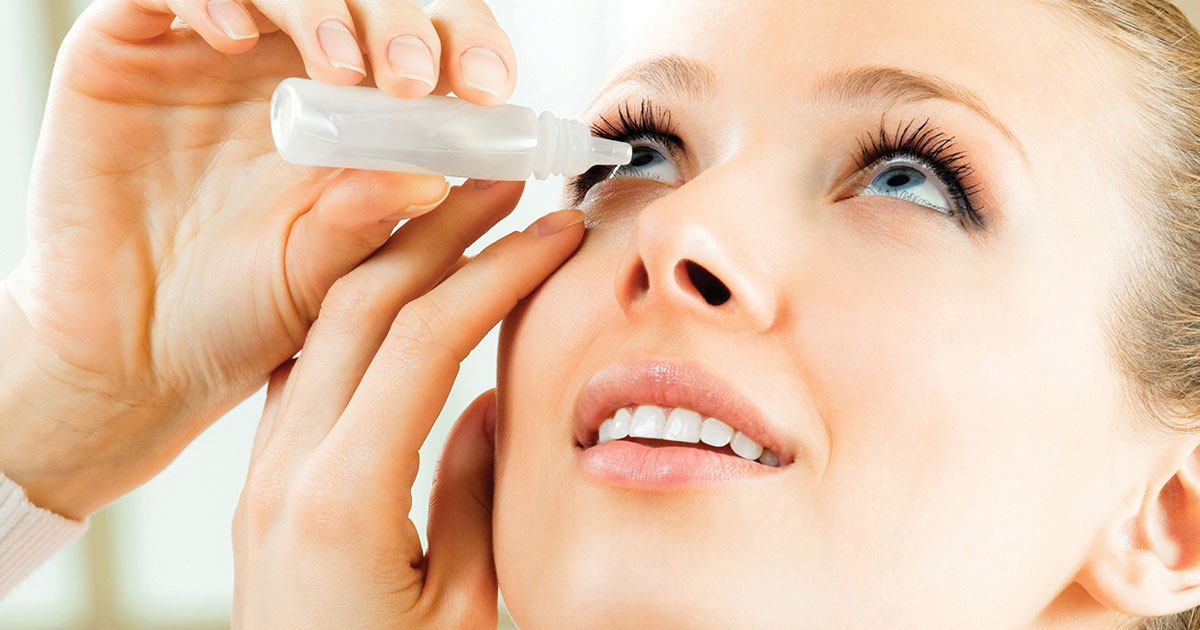
Medication to decrease eye inflammation may help Sjogren's syndrome patients manage their dry eye symptoms more effectively. For short-term relief of dryness in the eyes, doctors might prescribe corticosteroid eye drops. In the long-term, cyclosporine or lifitegrast may be beneficial as well. While using cyclosporine, patients should be aware of the potential for side effects, which include high blood pressure, leg cramps, swollen gums, headaches, nausea, kidney damage, and an increased risk for infection. Patients may also have vomiting, upset stomach, and changes in hair growth. Individuals using lifitegrast eye drops may experience eye irritation immediately after use, and discharge from the eye has been reported. Some patients might notice blurry vision or reduced visual acuity, and headaches may develop. If any unusual or worrying side effects present, Sjogren's syndrome patients should check with their eye care specialist about switching to another medicine.
Learn more about treating Sjogren's syndrome now.
Medication To Increase Saliva
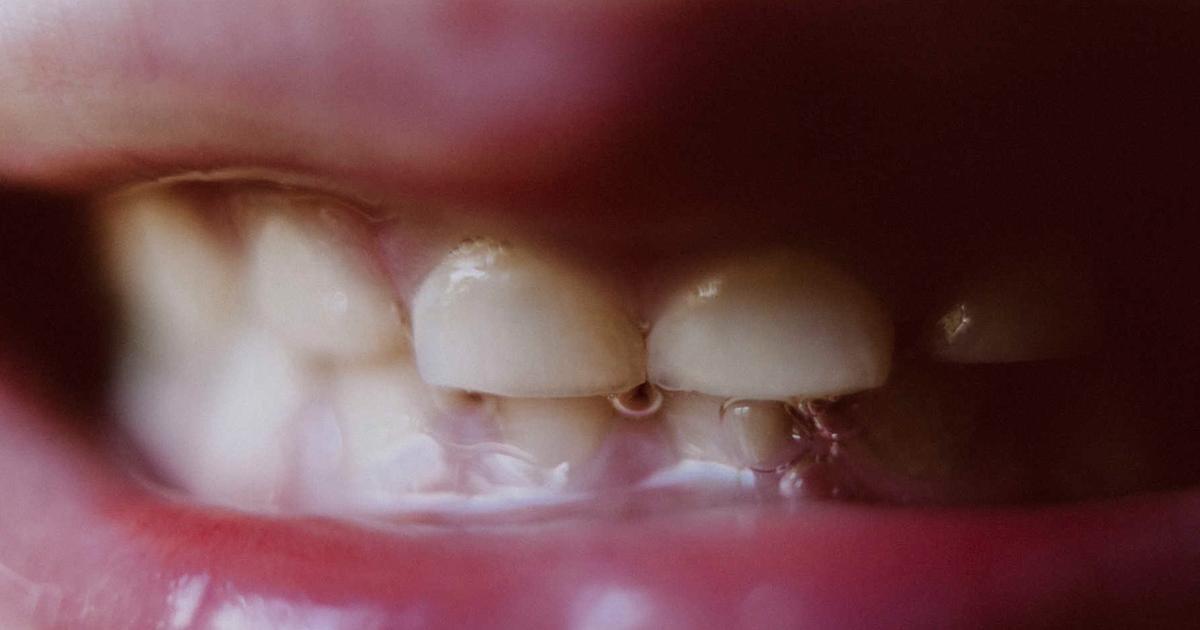
Medication to increase saliva is beneficial in managing the dry mouth symptoms that typically accompany Sjogren's syndrome. Pilocarpine and cevimeline are two types of prescription medicines that may help relieve dryness and make it easier to swallow. While using these medicines, patients should report any abdominal pain, sweating, flushing, or changes in urination to their healthcare team. Saliva replacement sprays and lozenges are available over-the-counter, and these have a lubricant that may help keep the mouth moist.
Uncover more details about treating Sjogren's syndrome effectively now.
Other Methods Of Increasing Saliva Production
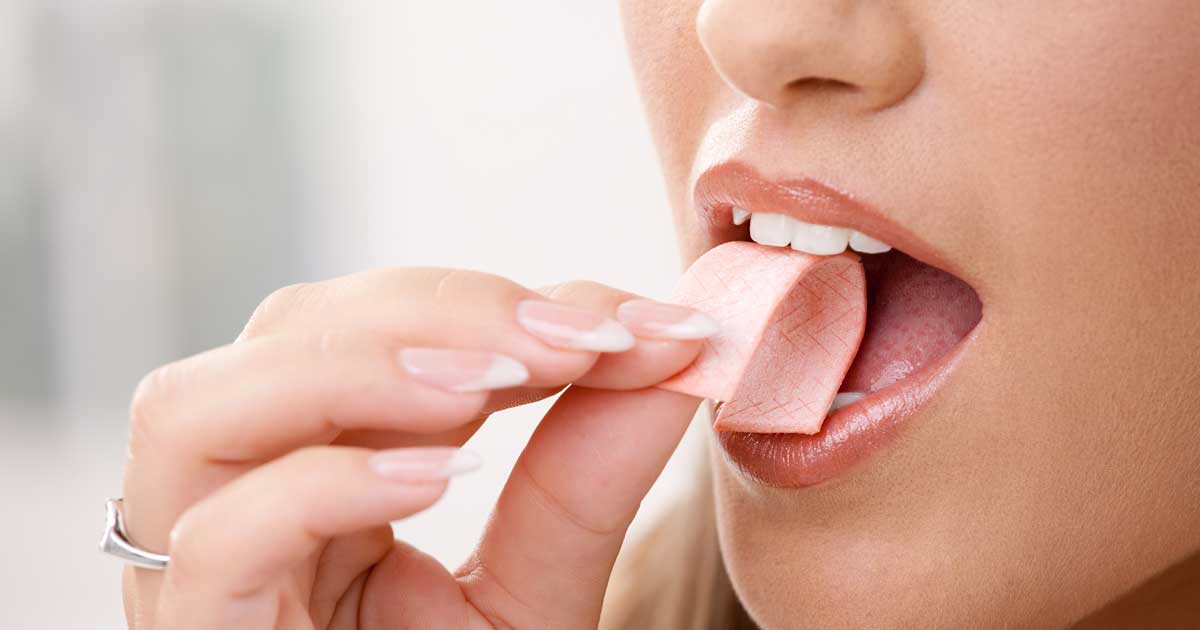
In addition to prescriptions, patients might wish to try chewing gum or sucking on hard candies to naturally increase saliva production. Patients who struggle with saliva production could also benefit from sipping water throughout the day and from avoiding coffee and alcohol, both of which increase mouth dryness. Using a humidifier to increase the amount of moisture in the home can reduce symptoms of dry mouth and increase saliva production for some patients too.
Keep reading for more information about the best methods of treating Sjogren's syndrome now.
Use Of Artificial Tears
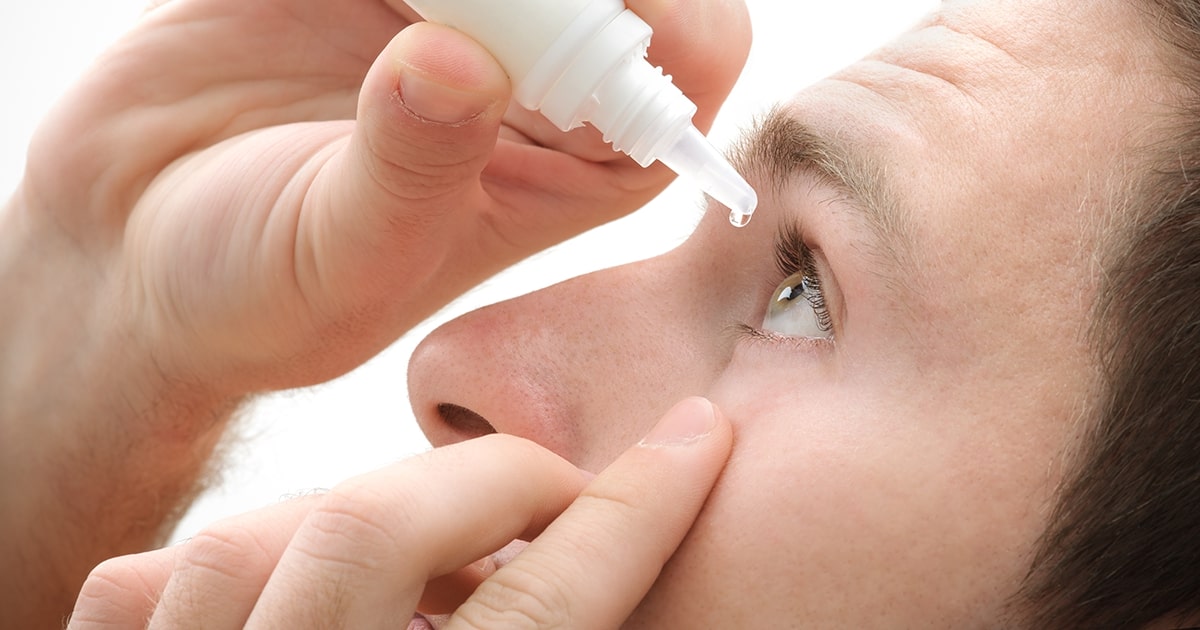
The use of artificial tears is generally one of the first steps eye care professionals recommend for patients with Sjogren's syndrome who are experiencing dry eyes. Artificial tears are available over-the-counter, and doctors can prescribe more potent versions as well. Artificial tears have to be applied several times each day, and some patients may get added relief by combining them with an eye lubricant. Lubricants have a thicker texture than artificial tears, and it can be helpful to apply these at night before bed. When using artificial tears or lubricants, patients should be vigilant for possible side effects such as eye pain, persistent redness in the eyes, and blurry vision. If these side effects occur, patients should discontinue the use of artificial tears or eye lubricants and see their eye doctor for an evaluation.
Learn more about treating Sjogren's syndrome now.
Silicone Or Collagen Plugs
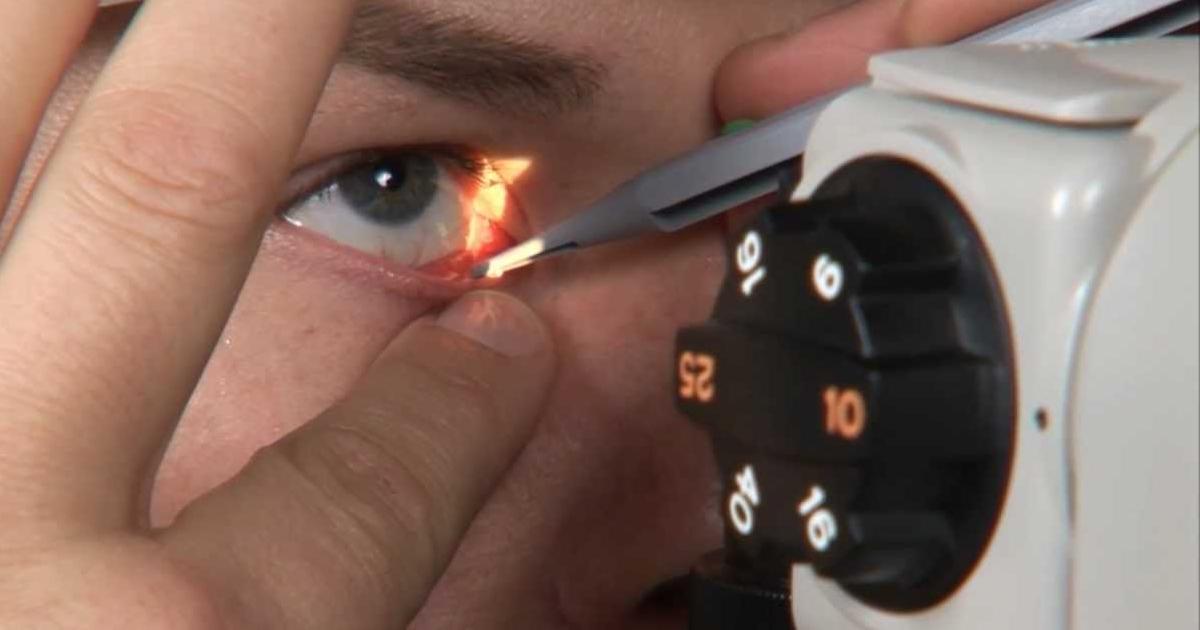
Silicone or collagen plugs can be placed by an eye specialist to increase tear production and the availability of moisture in the eye. These plugs, as previously described, are most commonly used for punctal occlusions, though they may also be recommended by doctors in other instances. Typically, specialists recommend starting with a collagen plug for new patients. Once implanted, these plugs will dissolve as a result of exposure to body heat. This shows collagen plugs are typically used for temporary punctal occlusions. If a permanent occlusion is recommended, specialists often prefer to use a silicone plug. These plugs are more durable and permanent than collagen, and they are less heat-sensitive too. Recent studies have suggested both types of plugs are equally effective in the treatment of dry eye. Specialists can recommend the most appropriate type of plug for patients with Sjogren's syndrome on a case-by-case basis.